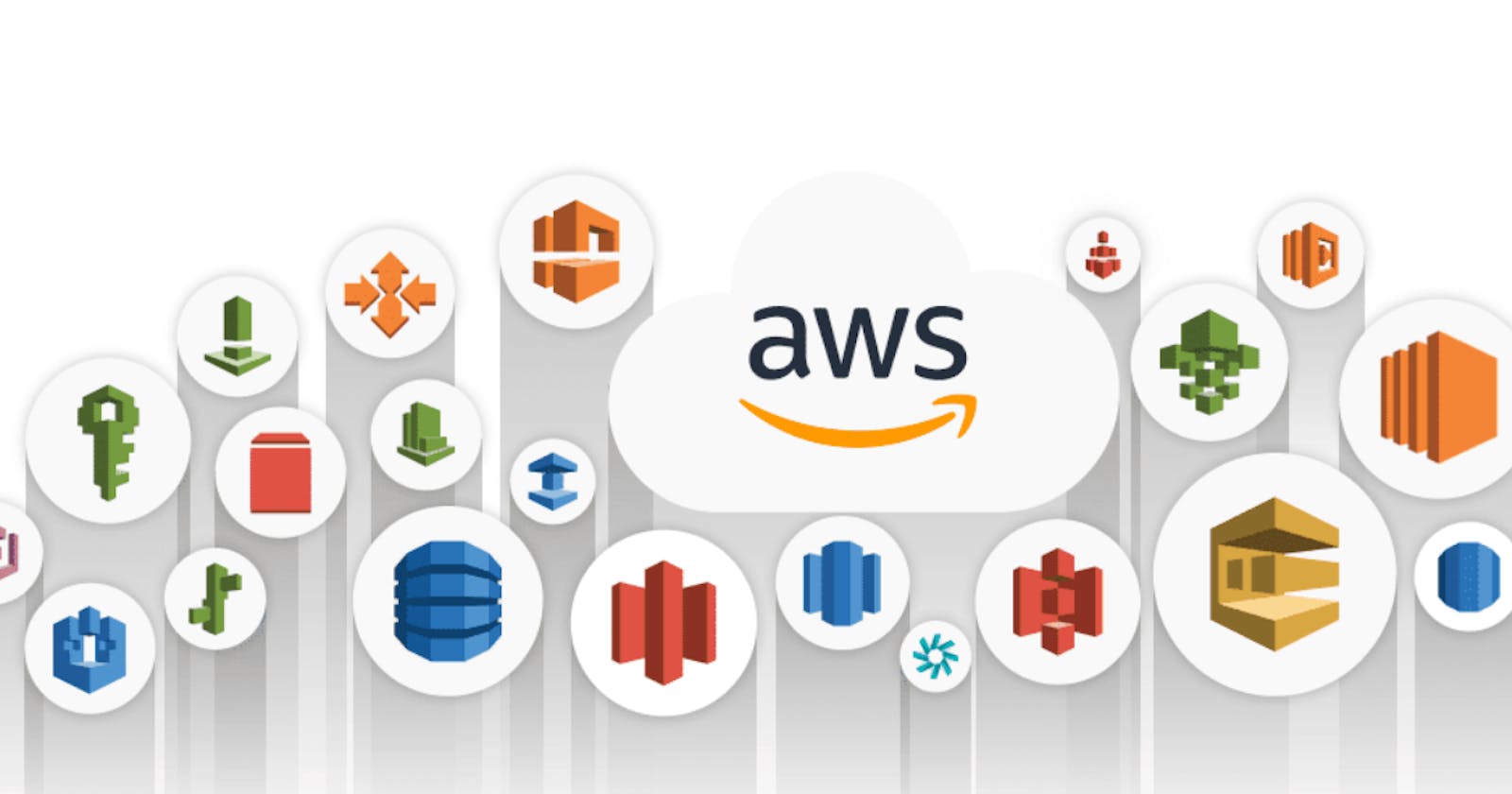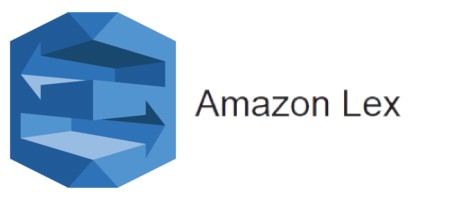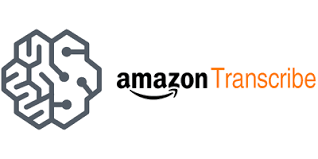List of AWS services
Compute Services:
Amazon EC2 (Elastic Compute Cloud)
AWS Lambda
AWS Elastic Beanstalk
AWS Batch
AWS Fargate
AWS Outposts
AWS App Runner
Storage Services:
Amazon S3 (Simple Storage Service)
Amazon EFS (Elastic File System)
Amazon EBS (Elastic Block Store)
Amazon FSx
AWS Backup
AWS Storage Gateway
Database Services:
Amazon RDS (Relational Database Service)
Amazon DynamoDB
Amazon Redshift
Amazon Neptune
Amazon ElastiCache
Amazon DocumentDB
Amazon QLDB (Quantum Ledger Database)
Networking Services:
Amazon VPC (Virtual Private Cloud)
Amazon CloudFront
Amazon Route 53
AWS Direct Connect
AWS PrivateLink
AWS Transit Gateway
AWS Global Accelerator
AWS VPN
AWS Network Load Balancer
Security, Identity & Compliance:
AWS IAM (Identity and Access Management)
AWS Certificate Manager
AWS KMS (Key Management Service)
AWS Directory Service
AWS Single Sign-On
AWS Firewall Manager
AWS Artifact
Amazon Detective
AWS Security Hub
Machine Learning and Artificial Intelligence:
Amazon SageMaker
AWS Comprehend
Amazon Rekognition
Amazon Polly
Amazon Lex
Amazon Transcribe
AWS Deep Learning AMIs
AWS DeepRacer
AWS DeepComposer
Analytics:
Amazon Redshift
Amazon EMR (Elastic MapReduce)
AWS Glue
Amazon QuickSight
AWS Data Pipeline
Management & Governance:
AWS CloudFormation
AWS Systems Manager
AWS CloudWatch
AWS Config
AWS Trusted Advisor
AWS CloudTrail
AWS Control Tower
Internet of Things (IoT):
AWS IoT Core
AWS IoT Greengrass
AWS IoT Analytics
AWS IoT Events
AWS IoT Things Graph
Application Integration:
Amazon SNS (Simple Notification Service)
Amazon SQS (Simple Queue Service)
Amazon SWF (Simple Workflow Service)
Amazon Step Functions
Amazon EventBridge
Developer Tools:
AWS CodeCommit
AWS CodeBuild
AWS CodePipeline
AWS CodeDeploy
AWS CodeStar
AWS X-Ray
AWS CodeArtifact
Migration & Transfer:
AWS Database Migration Service (DMS)
AWS Server Migration Service (SMS)
AWS Application Discovery Service
AWS DataSync
AWS Transfer Family
Customer Engagement:
Amazon Connect
Amazon Pinpoint
Amazon Simple Email Service (SES)
Amazon Chime
Business Applications:
Amazon WorkSpaces
Amazon WorkDocs
Amazon WorkMail
Amazon Honeycode
Why do we need AWS?
Certainly! Here are ten key reasons why businesses and organizations need AWS (Amazon Web Services):
Scalability: AWS allows businesses to scale their resources up or down based on demand. This elasticity is crucial as it eliminates the need for large upfront investments in hardware. Organizations can easily adjust their computing, storage, and other resources to handle fluctuating workloads, ensuring optimal performance and cost-efficiency.
Cost-Effectiveness: AWS follows a pay-as-you-go pricing model, where users only pay for the resources they consume. This cost-effective approach means that businesses do not have to invest in expensive infrastructure that might remain underutilized during periods of low demand. It allows organizations to align their costs directly with their actual usage, leading to significant cost savings.
Flexibility and Versatility: AWS offers a wide range of services and configurations, providing businesses with the flexibility to choose the tools that best suit their specific requirements. Whether it's web hosting, big data analytics, machine learning, or Internet of Things (IoT) solutions, AWS has services to address various use cases.
Global Reach: AWS operates in multiple geographical regions around the world. This global presence enables businesses to deploy their applications closer to their end-users, reducing latency and improving the overall user experience. Additionally, AWS offers disaster recovery options to ensure business continuity in the event of a regional outage.
Security: AWS provides a robust and highly secure infrastructure, including encryption, access controls, and compliance with various industry standards. AWS continuously monitors and audits its systems to protect customer data and applications from potential security threats.
Reliability: With multiple data centers and a highly redundant architecture, AWS ensures high availability and reliability for critical applications. The service-level agreements (SLAs) guarantee high uptime percentages, reducing the risk of downtime and business disruptions.
Innovation and Cutting-Edge Technology: AWS continually invests in research and development, bringing the latest technologies and innovations to its platform. Businesses benefit from access to advanced tools such as artificial intelligence, machine learning, serverless computing, and more, without the need for significant upfront investments.
Easy Management: AWS offers a user-friendly management console, allowing businesses to easily provision, configure, and monitor their resources. It also provides comprehensive documentation, tutorials, and support to help users get the most out of the platform.
Pay-for-What-You-Use: Unlike traditional IT infrastructure, where businesses need to overprovision to accommodate peak workloads, AWS allows organizations to pay only for the resources they actually use. This cost optimization leads to better financial management and resource allocation.
Business Agility: With AWS, businesses can rapidly deploy and iterate on their applications and services. This agility allows organizations to respond quickly to market changes, experiment with new ideas, and innovate faster, giving them a competitive edge in their industries.
⭐Let's get deep dive each topic
Compute Services
- Amazon EC2 (Elastic Compute Cloud):
Availability Options: EC2 offers multiple availability options, including On-Demand Instances for pay-as-you-go pricing, Reserved Instances for significant cost savings, and Spot Instances for bidding on spare AWS capacity at a lower cost.
Instance Types: EC2 provides a wide range of instance types optimized for different workloads, such as general-purpose, memory-optimized, compute-optimized, and GPU instances, allowing users to choose the best fit for their applications.
Auto Scaling: EC2 Auto Scaling automatically adjusts the number of instances based on real-time demand, ensuring that the application has the right amount of compute capacity at all times, and minimizing costs during periods of low traffic.
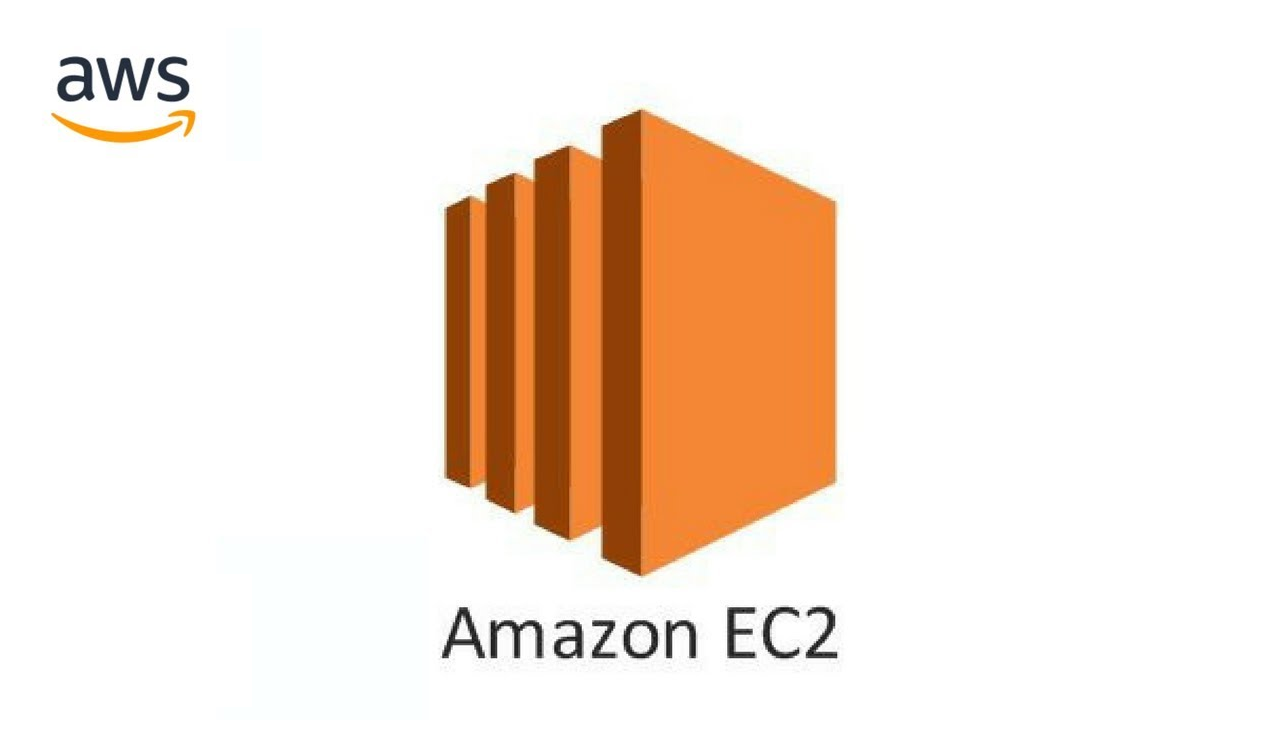
- AWS Lambda:
Event-Driven Architecture: AWS Lambda operates on an event-driven architecture, meaning it can automatically trigger functions in response to events from various AWS services, HTTP requests, or custom events, making it ideal for building serverless applications.
Automatic Scaling: AWS Lambda automatically scales the execution environment to handle incoming requests and runs functions in parallel as needed, without the need for manual provisioning or configuration.
Integrated Services: Lambda integrates seamlessly with other AWS services, such as Amazon S3, DynamoDB, SNS, and more, enabling developers to build complex serverless applications with ease.
- AWS Elastic Beanstalk:
Supported Platforms: Elastic Beanstalk supports multiple programming languages and platforms, including Java, .NET, Node.js, Python, Ruby, PHP, and Docker, providing developers with flexibility and choice.
Environment Management: Elastic Beanstalk automatically handles environment provisioning, load balancing, auto-scaling, and application deployment, allowing developers to focus on writing code rather than managing infrastructure.
Customization Options: While Elastic Beanstalk abstracts much of the infrastructure management, it also allows developers to customize their environments by modifying platform settings, installing libraries, and running custom scripts.
Storage Services
- Amazon S3 (Simple Storage Service):
Object Versioning: Amazon S3 supports versioning, enabling users to keep multiple versions of an object, making it useful for data backup, recovery, and maintaining data history.
Lifecycle Policies: S3 allows users to define lifecycle policies that automatically transition objects between storage classes or delete them after a specified period, optimizing storage costs based on data access patterns.
Data Transfer Acceleration: S3 Transfer Acceleration uses Amazon CloudFront's global edge network to accelerate uploads and downloads, reducing latency and improving data transfer performance.
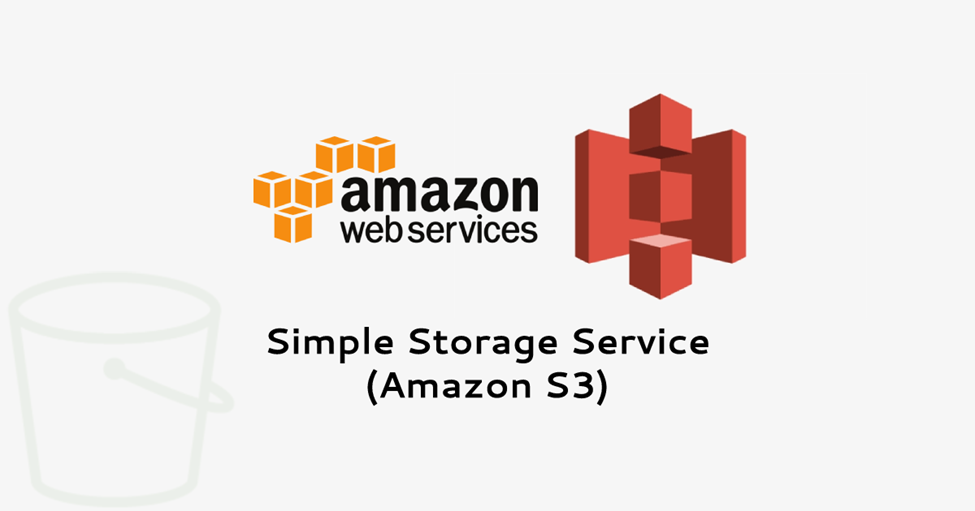
- Amazon EFS (Elastic File System):
Shared File System: EFS provides a shared file system that can be accessed concurrently by multiple EC2 instances, making it suitable for applications that require shared storage and data consistency.
Automatic Scaling: EFS automatically scales storage capacity up or down as data grows or shrinks, eliminating the need for manual provisioning and ensuring high availability and performance.
Regional Availability: EFS is regionally distributed, allowing users to access the same file system from different Availability Zones, enhancing data durability and availability.
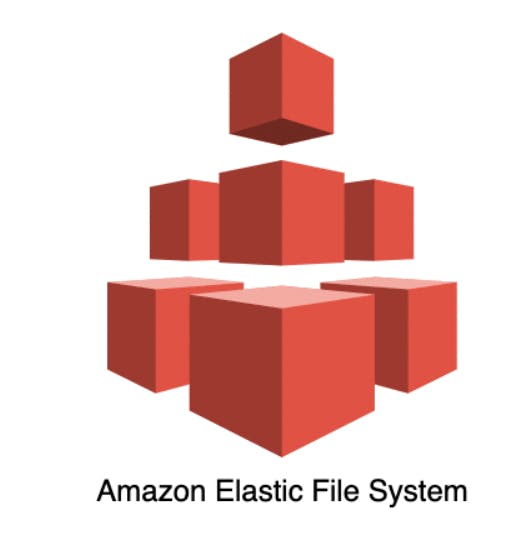
- Amazon EBS (Elastic Block Store):
Snapshot Backups: EBS allows users to create point-in-time snapshots of volumes, which can be used for data backup, recovery, and creating new volumes, providing data durability and disaster recovery capabilities.
Volume Types: EBS offers different volume types, such as General Purpose SSD, Provisioned IOPS SSD, and Throughput Optimized HDD, each optimized for specific performance and cost requirements.
Elastic Volumes: EBS Elastic Volumes enable users to modify volume characteristics (size, type, IOPS) without detaching or stopping the instance, providing increased flexibility and cost optimization.

Database Services
- Amazon RDS (Relational Database Service):
Multi-AZ Deployment: RDS supports Multi-AZ deployment, automatically replicating the database to a standby instance in a different Availability Zone, providing enhanced data durability and high availability.
Read Replicas: RDS allows users to create read replicas of the primary database, which can be used to offload read operations and improve read scalability.
Automated Backups: RDS automatically performs daily backups and retains them for a user-defined period, providing point-in-time recovery options in case of data loss.
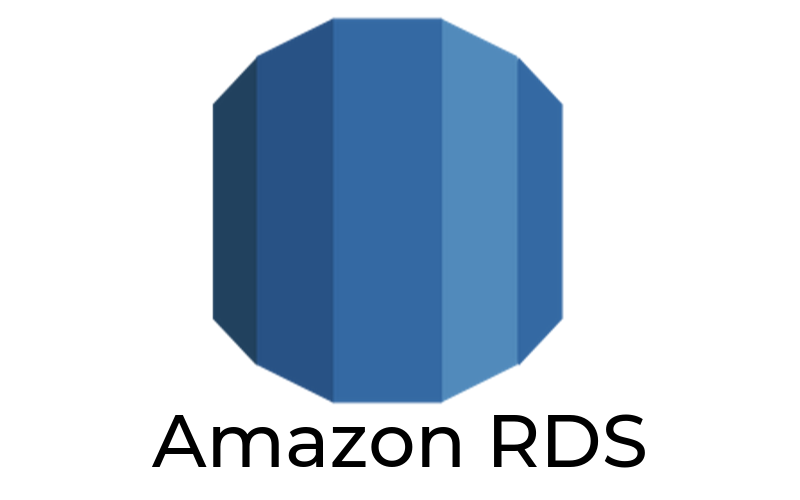
- Amazon DynamoDB:
Fully Managed: DynamoDB is a fully managed NoSQL database service, taking care of the operational aspects such as server provisioning, patching, and scaling, allowing developers to focus on building applications.
High Performance: DynamoDB is designed for high-performance applications with single-digit millisecond latency at any scale, making it suitable for use cases requiring real-time responsiveness.
On-Demand Capacity: DynamoDB offers on-demand capacity mode, where the database automatically scales capacity to handle the request rate without any upfront provisioning, making it cost-effective for variable workloads.
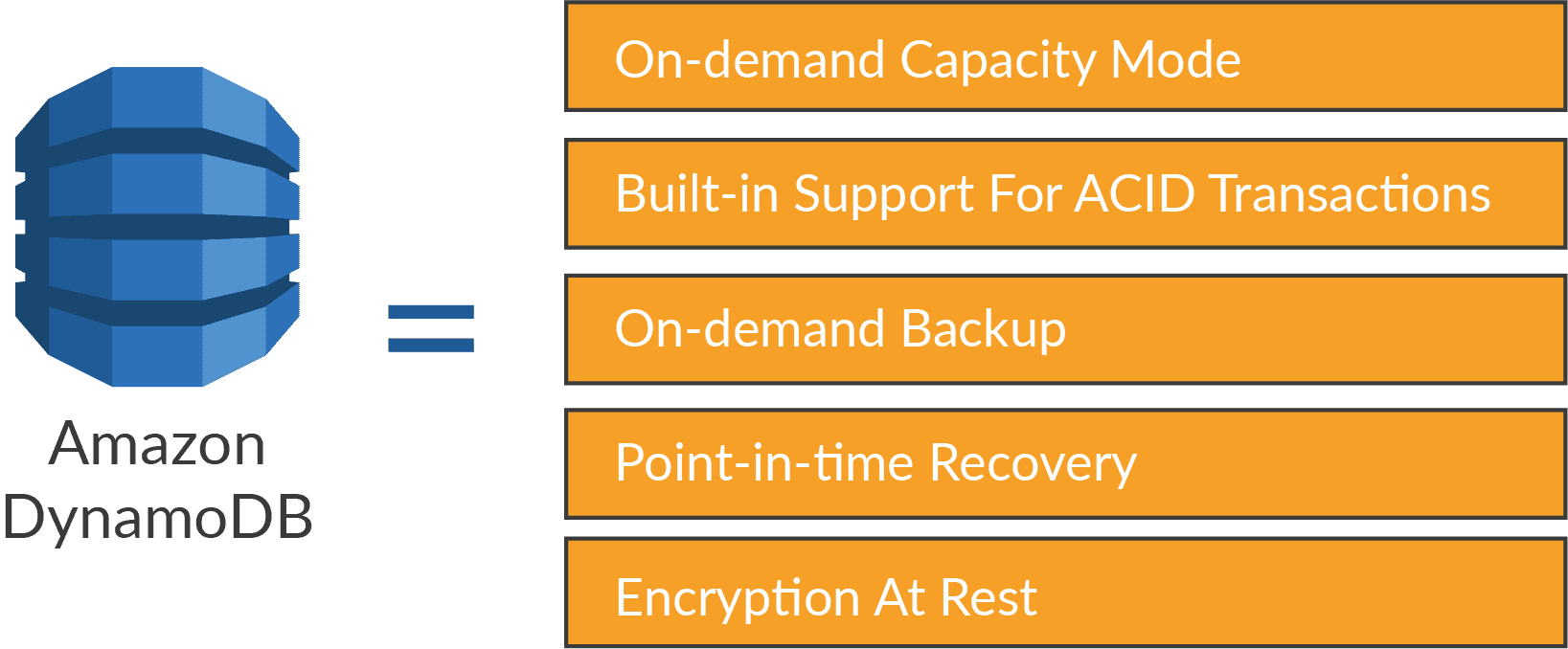
- Amazon Redshift:
Columnar Storage: Redshift uses columnar storage, which allows for efficient compression and processing of large datasets, making it suitable for analytical queries and data warehousing.
Massively Parallel Processing (MPP): Redshift distributes data and queries across multiple nodes, enabling fast query execution and high concurrency, even on large datasets.
Integration with BI Tools: Redshift integrates with popular Business Intelligence (BI) tools like Tableau, Power BI, and QuickSight, enabling seamless data visualization and analysis.

- Amazon Neptune:
Graph Database: Neptune is a fully managed graph database service, optimized for querying highly connected data, making it suitable for use cases like social networking, recommendation engines, and fraud detection.
Gremlin and SPARQL Support: Neptune supports both Gremlin (for property graph) and SPARQL (for RDF graph) query languages, providing flexibility and compatibility with various graph data models.
High Availability: Neptune provides high availability with automatic failover, ensuring the database remains accessible in the event of a node failure.

- Amazon ElastiCache:
In-Memory Caching: ElastiCache provides in-memory caching solutions with support for popular caching engines like Redis and Memcached, significantly improving application performance by reducing database load.
Distributed Architecture: ElastiCache allows users to create distributed cache clusters across multiple nodes, enhancing scalability and performance.
Read Replicas: ElastiCache supports read replicas, allowing users to offload read operations from the primary cache node to improve read scalability.
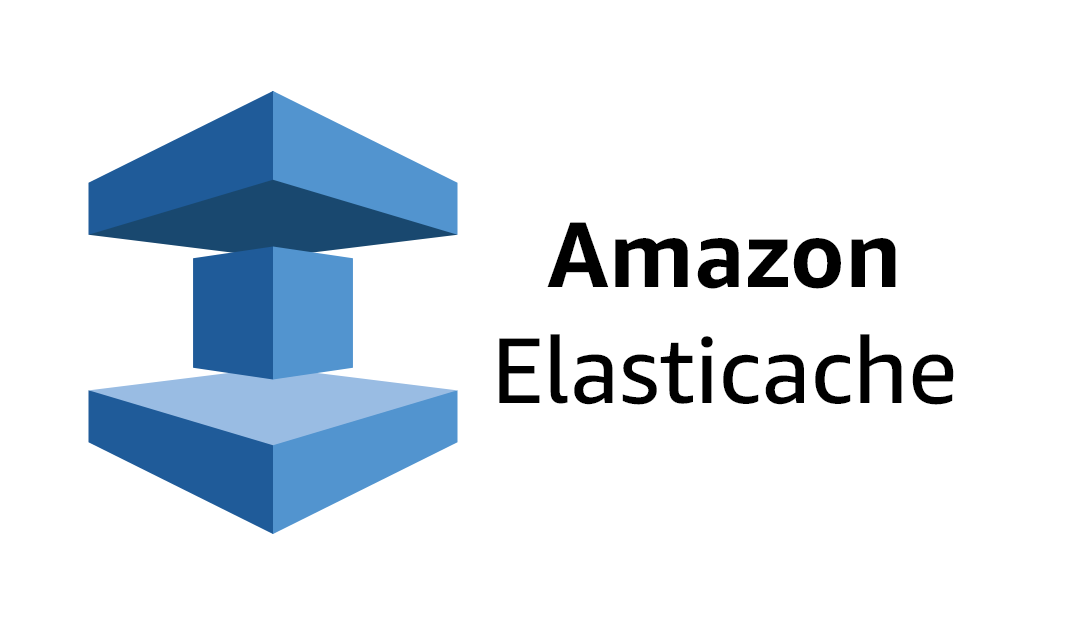
- Amazon DocumentDB:
MongoDB Compatibility: DocumentDB is compatible with MongoDB, allowing users to use existing MongoDB applications and drivers with minimal code changes.
Scalability: DocumentDB automatically scales storage and compute resources, supporting workloads with high data growth and variable performance requirements.
ACID Transactions: DocumentDB provides support for ACID (Atomicity, Consistency, Isolation, Durability) transactions, ensuring data integrity and consistency.

- Amazon QLDB (Quantum Ledger Database):
Immutable and Transparent: QLDB is a ledger database that provides an immutable and transparent transaction log, ensuring data integrity and history visibility
Fully Managed: QLDB is a fully managed service, taking care of the underlying infrastructure, backups, and scaling, enabling developers to focus on building applications.
SQL-like Query Language: QLDB supports PartiQL, a SQL-like query language, making it easier for developers to interact with the database.

Networking Services
- Amazon VPC (Virtual Private Cloud):
Private Networking: VPC allows users to create isolated, private networks within AWS, providing enhanced security and control over network traffic.
Subnets: VPC allows users to divide the IP address range into subnets, enabling segmentation of resources within the VPC.
Security Groups and Network ACLs: VPC provides security groups and network access control lists (ACLs) to control inbound and outbound traffic to and from resources within the VPC.

- Amazon CloudFront:
Content Delivery: CloudFront is a content delivery network (CDN) that caches and delivers content from the nearest edge location to end users, reducing latency and improving user experience.
DDoS Protection: CloudFront provides Distributed Denial of Service (DDoS) protection, defending against common DDoS attacks.
SSL/TLS Support: CloudFront supports SSL/TLS encryption, allowing secure communication between end users and the origin server.
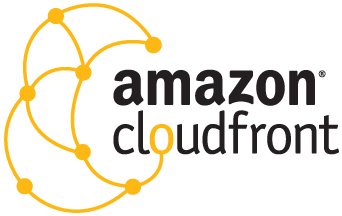
- Amazon Route 53:
DNS Management: Route 53 is a scalable domain name system (DNS) service that allows users to manage domain names and route traffic to various AWS resources.
Routing Policies: Route 53 supports various routing policies, such as simple routing, weighted routing, latency-based routing, geolocation-based routing, and more, allowing users to implement sophisticated traffic routing strategies.
Health Checks: Route 53 can perform health checks on resources and automatically route traffic to healthy resources, improving application availability.

- AWS Direct Connect:
Dedicated Connection: Direct Connect establishes a dedicated network connection between on-premises data centers and AWS, providing a more reliable and consistent connection compared to internet-based connections.
Private Connectivity: Direct Connect allows users to establish private connections with their VPCs, ensuring data privacy and security during data transfer.
Scalability: Direct Connect offers scalable bandwidth options, enabling users to adjust the connection capacity as needed.
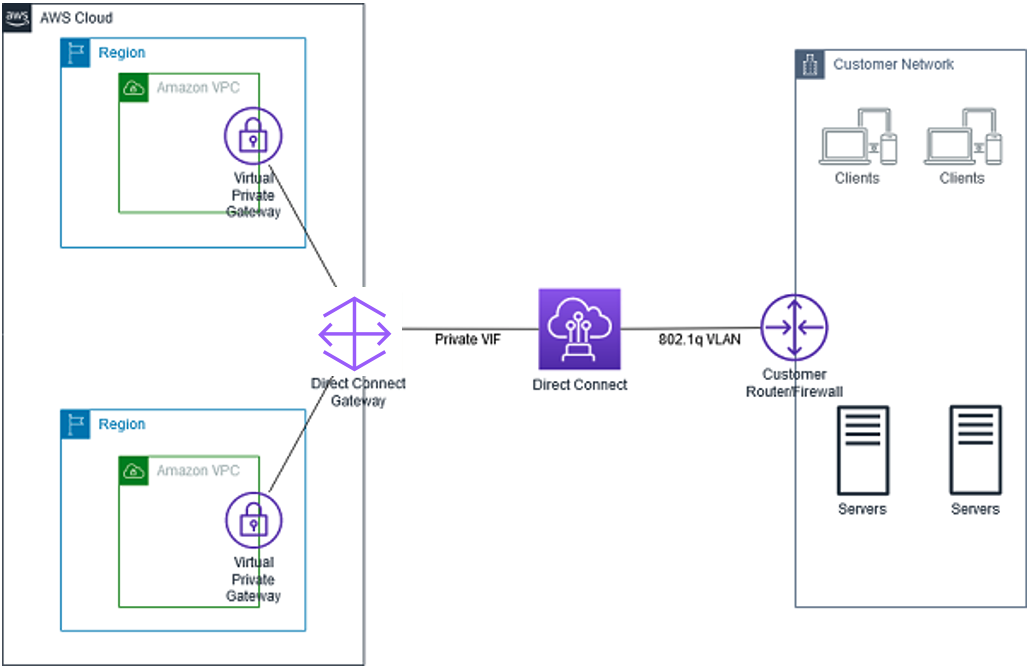
- AWS PrivateLink:
Private Connectivity: PrivateLink allows users to access AWS services privately over the AWS network without using public IPs, enhancing security and data privacy.
VPC Endpoints: PrivateLink creates VPC endpoints, enabling resources in a VPC to access services without going over the internet.
Service Integration: Many AWS services are PrivateLink-enabled, allowing users to access these services privately from their VPCs.
- AWS Transit Gateway:
Centralized Connectivity: Transit Gateway acts as a hub to connect multiple VPCs and VPNs, simplifying network connectivity and reducing the complexity of managing connections individually.
Scalability: Transit Gateway supports a large number of VPCs and VPN connections, providing a scalable solution for growing AWS infrastructures.
Inter-Region Peering: Transit Gateway supports inter-region peering, allowing VPCs in different regions to communicate with each other directly.
- AWS Global Accelerator:
Global Load Balancing: Global Accelerator provides global load balancing to route traffic to the nearest AWS edge location based on proximity and health of endpoints, reducing latency and improving application performance.
Anycast IP: Global Accelerator uses anycast IP addressing, allowing multiple edge locations to advertise the same IP address, providing a highly available and fault-tolerant solution.
Traffic Distributions: Global Accelerator supports weighted traffic distributions to direct a specific percentage of traffic to different endpoints, enabling A/B testing and blue-green deployments.

- AWS VPN:
Secure Communication: AWS VPN enables secure communication between on-premises data centers and AWS VPCs over the internet or AWS Direct Connect.
Site-to-Site VPN: AWS VPN supports site-to-site VPN connections, allowing multiple on-premises data centers to connect to a single VPC.
Client VPN: AWS VPN offers client VPN connections, allowing remote users to securely access resources in the VPC.

- AWS Network Load Balancer:
Layer 4 Load Balancing: Network Load Balancer operates at the transport layer (Layer 4) of the OSI model, forwarding traffic to target instances based on IP addresses and ports, providing high performance and ultra-low latency.
Elastic Load Balancing: Network Load Balancer automatically scales the number of load balancer nodes to handle incoming traffic, ensuring high availability and fault tolerance.
Direct Server Return (DSR): Network Load Balancer supports Direct Server Return, where responses can bypass the load balancer and be sent directly to the client, reducing latency and improving performance.

Security, Identity & Compliance
- AWS IAM (Identity and Access Management):
Granular Permissions: IAM allows users to define fine-grained permissions and policies, granting access only to the necessary AWS resources.
Identity Federation: IAM supports identity federation, enabling users to authenticate against external identity providers (such as Active Directory) to access AWS resources.
Multi-Factor Authentication (MFA): IAM allows users to enable MFA for an extra layer of security, requiring users to provide a second form of authentication, such as a one-time password.
![▷ What is AWS IAM? | AWS Identity & Access Management [2023]](https://cdn.mindmajix.com/blog/images/aws-identity-and-access-management(1).png)
- AWS Certificate Manager:
SSL/TLS Certificates: Certificate Manager provides SSL/TLS certificates to secure communication between clients and servers, ensuring data confidentiality and integrity.
Automatic Renewal: Certificate Manager automatically renews certificates before they expire, ensuring seamless and continuous service availability.
Integrated with AWS Services: Certificates issued by Certificate Manager can be easily integrated with other AWS services like CloudFront, Elastic Load Balancing, API Gateway, etc.

- AWS KMS (Key Management Service):
Key Generation and Management: KMS enables users to create, import, and manage encryption keys for securing data in AWS.
Encryption API: KMS provides a simple API for encrypting and decrypting data, making it easy for developers to integrate encryption into their applications.
Integration with AWS Services: KMS integrates with other AWS services, such as S3, EBS, RDS, and Redshift, allowing users to encrypt data at rest and in transit.
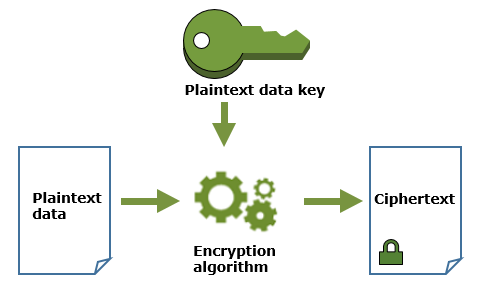
- AWS Directory Service:
Managed Directory: Directory Service offers a managed Microsoft Active Directory service, handling directory setup, patching, and backups.
AD Connector: Directory Service allows customers to connect existing on-premises Active Directory to AWS applications, enabling single sign-on (SSO) and user authentication.
Simple AD: Directory Service provides a cost-effective alternative to AD Connector, offering a simple, stand-alone directory without the need for domain controllers.
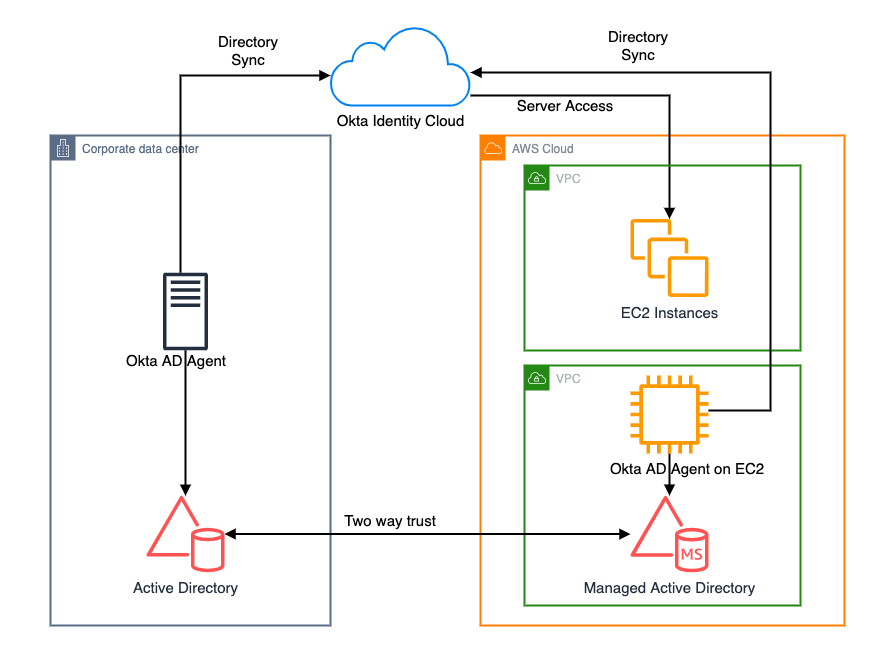
- AWS Single Sign-On:
Centralized Access Management: Single Sign-On enables centralized access management and single sign-on for multiple AWS accounts and applications.
SAML Integration: Single Sign-On supports Security Assertion Markup Language (SAML) 2.0, enabling integration with external identity providers and applications.
User and Group Management: Single Sign-On allows administrators to manage users and groups, assign permissions, and enforce security policies.

- AWS Firewall Manager:
Centralized Firewall Management: Firewall Manager provides centralized control and management of AWS WAF rules and security groups across multiple accounts and VPCs.
Security Policy Enforcement: Firewall Manager enables administrators to enforce security policies consistently and block unauthorized access attempts.
Automating Rule Deployment: Firewall Manager automates the deployment of WAF rules and security group policies, ensuring rapid response to security threats.
1.ad6bf5281dc2c33c0493e9988e3504dd1590eaa2.png)
- AWS Artifact:
Compliance Reports: AWS Artifact provides access to various compliance and security reports, including SOC (Service Organization Control) reports and PCI DSS (Payment Card Industry Data Security Standard) reports.
Agreements and Contracts: AWS Artifact allows customers to access and accept AWS customer agreements, such as the Business Associate Addendum (BAA) and the GDPR Data Processing Addendum (DPA).
Security Documentation: AWS Artifact offers access to security and compliance documentation, helping customers with regulatory audits and assessments.

- Amazon Detective:
Security Analysis: Amazon Detective analyzes AWS log data to detect security issues, such as unusual activity and potential security threats.
Graph-Based Visualization: Detective uses a graph-based approach to visualize the relationships and dependencies between different AWS resources, making it easier to identify suspicious behavior.
Automated Insights: Amazon Detective provides automated insights and recommendations to help security teams investigate security incidents efficiently.

- AWS Security Hub:
Security Findings Aggregation: Security Hub aggregates security findings from various AWS services, such as Amazon GuardDuty, Inspector, and Macie, providing a comprehensive view of security posture.
Prioritized Threats: Security Hub automatically prioritizes security findings based on severity and potential impact, allowing security teams to focus on the most critical issues first.
Integrations with SIEM and Ticketing Systems: Security Hub integrates with Security Information and Event Management (SIEM) and ticketing systems, streamlining incident response workflows.

Machine Learning and Artificial Intelligence
- Amazon SageMaker:
Managed Machine Learning: SageMaker is a fully managed service that simplifies the entire machine learning workflow, from data preparation to model training and deployment.
Built-In Algorithms: SageMaker offers a library of built-in machine learning algorithms, making it easy for developers to start training models without the need for deep expertise.
Custom Models: SageMaker allows users to bring their own custom machine learning models built with popular frameworks like TensorFlow and PyTorch.
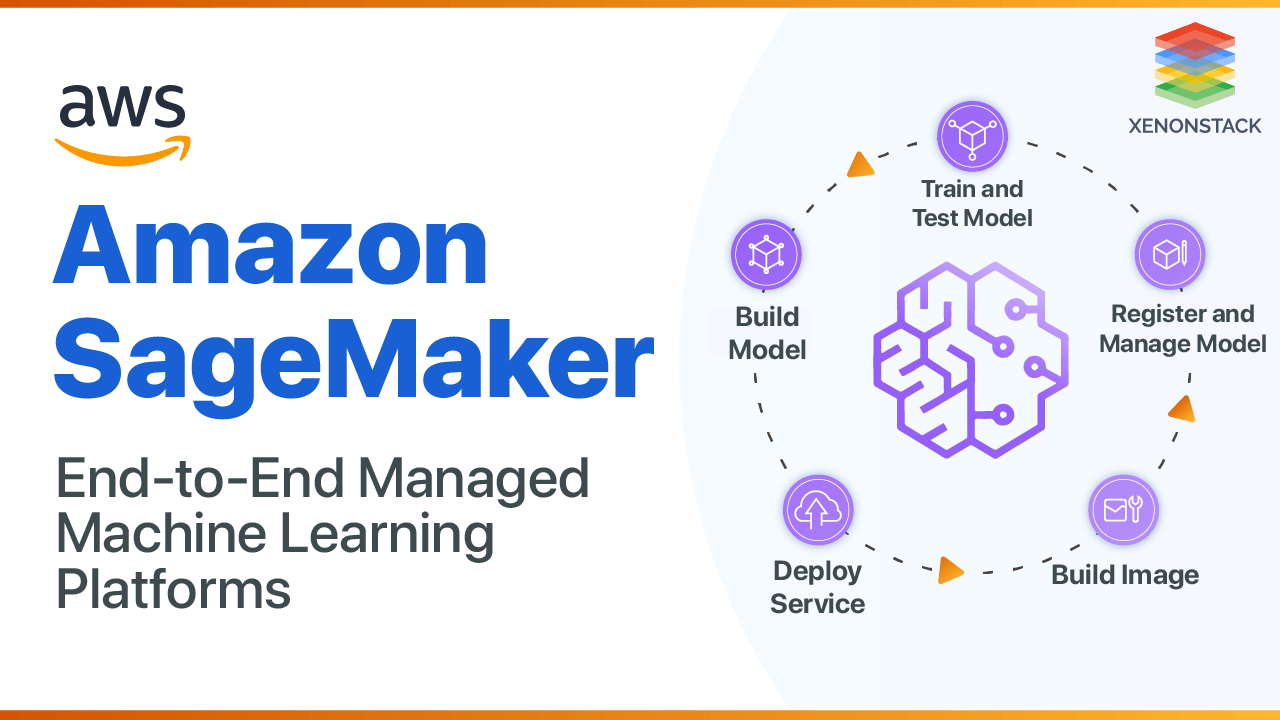
- AWS Comprehend:
Natural Language Processing (NLP): Comprehend uses NLP to extract insights and meaning from unstructured text, such as sentiment analysis, entity recognition, and key phrase extraction.
Language Support: Comprehend supports multiple languages, making it suitable for applications with global reach and multilingual content.
Custom Entities: Comprehend allows users to define custom entities for domain-specific entity recognition.

- Amazon Rekognition:
Image and Video Analysis: Rekognition provides image and video analysis capabilities, including object and scene detection, facial analysis, celebrity recognition, and text detection.
Real-Time Analysis: Rekognition can process streaming video in real-time, enabling use cases like live video surveillance and content moderation.
Custom Labels: Rekognition Custom Labels allows users to train the service to recognize custom objects and scenes relevant to specific applications.
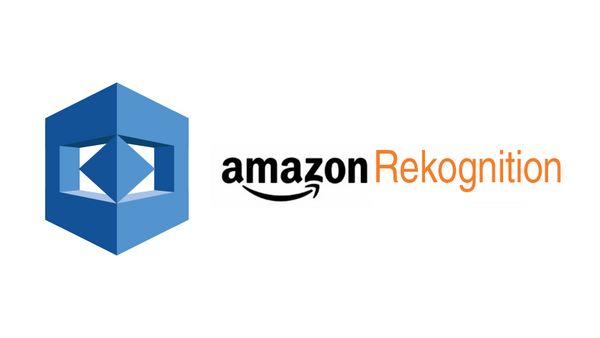
- Amazon Polly:
Text-to-Speech Conversion: Polly converts text into lifelike speech in multiple languages and voices, providing natural and expressive speech synthesis.
SSML Support: Polly supports Speech Synthesis Markup Language (SSML), allowing users to control the pitch, rate, and volume of the generated speech.
Neural TTS: Polly Neural TTS (NTTS) offers advanced deep learning-based voices with high-quality speech synthesis.
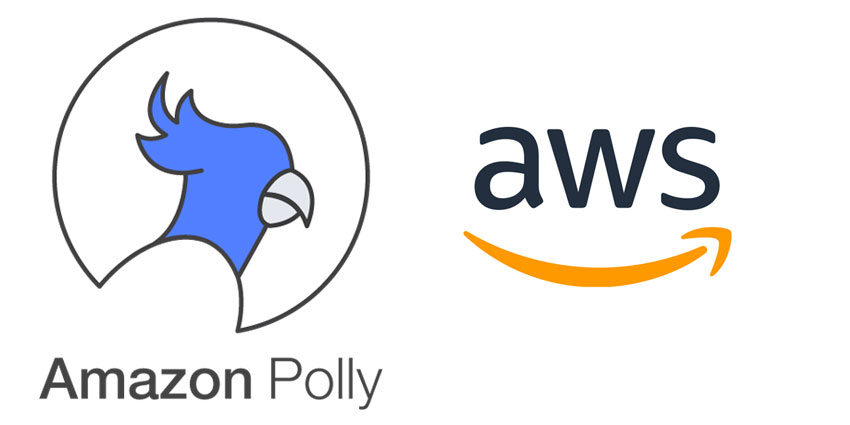
- Amazon Lex:
Conversational Interfaces: Lex enables developers to build conversational interfaces (chatbots) for applications using natural language understanding and processing.
Intent Recognition: Lex uses machine learning to understand user intents and extract key information from user input.
Voice and Text Interaction: Lex supports both voice and text-based interactions, allowing users to communicate with the chatbot using speech or text.
- Amazon Transcribe:
Automatic Speech Recognition: Transcribe converts speech to text, allowing developers to analyze and process spoken content.
Real-Time and Batch Processing: Transcribe can process streaming audio in real-time or analyze pre-recorded audio files in batches.
Vocabulary Customization: Transcribe allows users to create custom vocabularies to improve accuracy for domain-specific language.
- AWS Deep Learning AMIs:
Pre-Configured Environments: Deep Learning AMIs provide pre-configured environments with popular deep learning frameworks, libraries, and tools, saving time and effort in setting up deep learning environments.
GPU Acceleration: Deep Learning AMIs come with GPU acceleration support, enabling fast training and inference for deep learning models.
Multiple Frameworks: Deep Learning AMIs support various frameworks, including TensorFlow, PyTorch, MXNet, and Keras, allowing users to choose the framework that best suits their needs.

- AWS DeepRacer:
Reinforcement Learning: DeepRacer is a reinforcement learning-based racing simulator that allows developers to learn and experiment with reinforcement learning algorithms.
Reinforcement Learning League: DeepRacer provides a global racing league where developers can compete, learn, and showcase their reinforcement learning skills.
Autonomous Driving: DeepRacer offers a fun and engaging way to explore autonomous driving concepts and real-world applications.

- AWS DeepComposer:
Machine Learning for Music: DeepComposer uses machine learning to generate original compositions or enhance existing music.
Generative AI Models: DeepComposer leverages Generative AI models to create music based on user input and preferences.
Music Studio: DeepComposer includes a music studio with a virtual keyboard and tools for users to experiment with music composition.
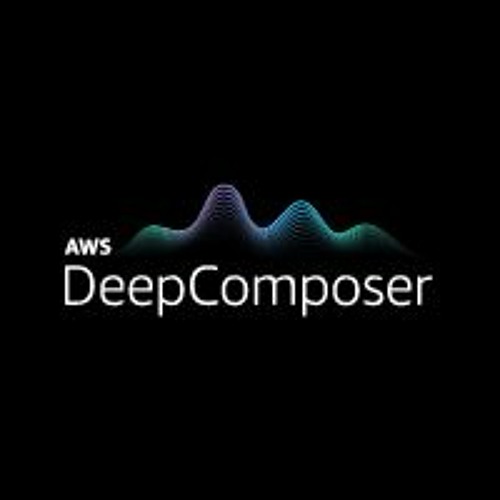
Analytics
- Amazon Redshift:
Columnar Storage: Redshift uses columnar storage, which allows for efficient compression and processing of large datasets, making it suitable for analytical queries and data warehousing.
Massively Parallel Processing (MPP): Redshift distributes data and queries across multiple nodes, enabling fast query execution and high concurrency, even on large datasets.
Integration with BI Tools: Redshift integrates with popular Business Intelligence (BI) tools like Tableau, Power BI, and QuickSight, enabling seamless data visualization and analysis.

- Amazon EMR (Elastic MapReduce):
Big Data Processing: EMR is a managed big data processing service that simplifies the deployment and management of Apache Hadoop and Apache Spark clusters.
Scalability: EMR automatically scales clusters based on demand, enabling efficient processing of large datasets.
Integration with Data Sources: EMR can ingest and process data from various sources, including Amazon S3, Amazon RDS, and Amazon DynamoDB.

- AWS Glue:
ETL (Extract, Transform, Load) Service: Glue is a fully managed ETL service that automates data transformation and preparation for analytics and reporting.
Data Catalog: Glue provides a centralized metadata repository (data catalog) that stores information about data sources, transformations, and targets, enabling data discovery and lineage.
Serverless Execution: Glue offers serverless execution of ETL jobs, automatically scaling resources based on workload requirements.
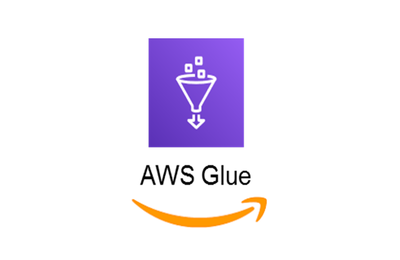
- Amazon QuickSight:
Business Intelligence (BI) Service: QuickSight is a cloud-based BI service that enables users to create interactive dashboards and perform ad-hoc analysis on their data.
ML Insights: QuickSight provides ML Insights, which automatically identifies key drivers, trends, and anomalies in the data, helping users gain deeper insights.
Data Source Connectivity: QuickSight can connect to various data sources, including AWS services, databases, and third-party applications, making it easy to visualize and analyze data from multiple sources.
/qs%20homepage_dashboard.4c6c5c47aca314d50641c09bdb0e2e56d2df58b7.png)
- AWS Data Pipeline:
Data Orchestration: Data Pipeline enables users to define data workflows and orchestrates the movement and transformation of data between different AWS services and on-premises data stores.
Scheduling and Monitoring: Data Pipeline provides scheduling options for automatic execution of data workflows and offers monitoring capabilities to track the progress and status of pipeline activities.
Data Formats: Data Pipeline supports various data formats, including CSV, JSON, and Avro, allowing seamless integration with different data sources.
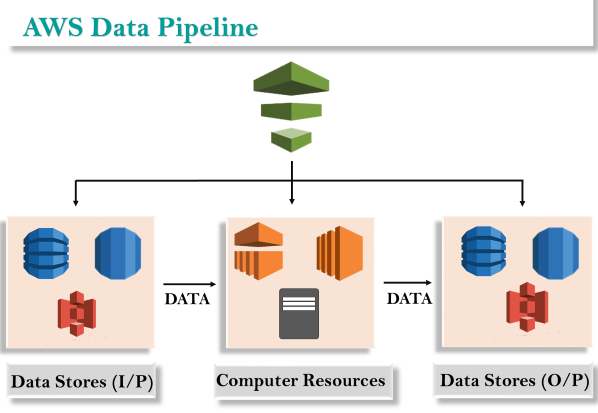
Management & Governance
- AWS CloudFormation:
Infrastructure as Code: CloudFormation allows users to define infrastructure as code using templates, automating the provisioning and management of AWS resources.
Stack Updates: CloudFormation supports stack updates, enabling users to modify existing resources and apply changes to running stacks without interrupting the service.
Resource Dependency Management: CloudFormation manages resource dependencies, ensuring resources are created and deleted in the correct order.
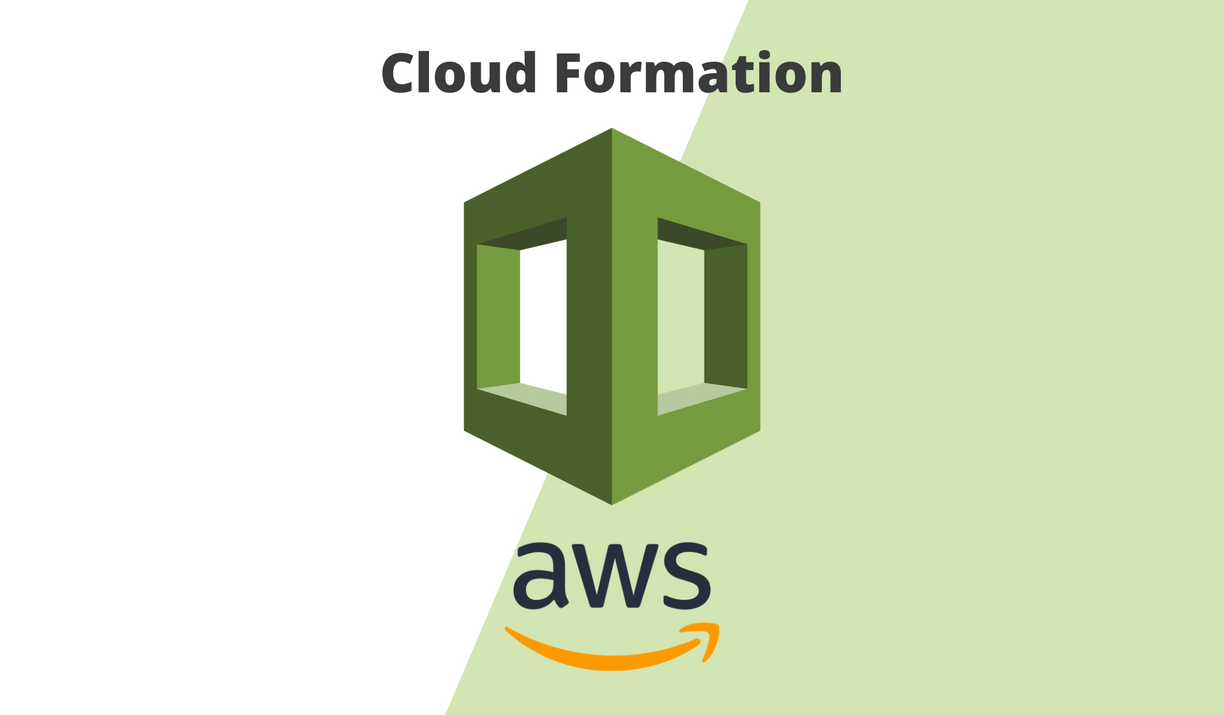
- AWS Systems Manager:
Resource Configuration Management: Systems Manager provides a central location to view and manage system configurations, patch compliance, and software inventory across multiple instances.
Automation: Systems Manager Automation allows users to create, schedule, and track workflows for common IT operations tasks, reducing manual intervention.
Run Command: Systems Manager Run Command enables users to remotely execute commands on instances, simplifying administration and troubleshooting.

- AWS CloudWatch:
Monitoring and Alerts: CloudWatch provides monitoring for AWS resources, collecting and tracking metrics, and creating alarms to alert users about specific conditions.
Logs and Events: CloudWatch collects and stores log files from applications and AWS services, providing insights into application performance and operational health.
Dashboard and Insights: CloudWatch offers customizable dashboards and insights to visualize and analyze performance metrics and logs.
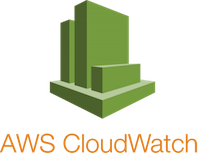
- AWS Config:
Resource Inventory: Config continuously tracks resource changes and maintains a detailed inventory of AWS resources for compliance auditing and troubleshooting.
Compliance Rules: Config allows users to define custom rules to evaluate resource configurations against desired guidelines and industry best practices.
Configuration History: Config records historical configurations of resources, enabling users to view changes and rollback configurations when needed.

- AWS Trusted Advisor:
Cost Optimization: Trusted Advisor offers cost optimization recommendations, helping users identify cost-saving opportunities, such as instance sizing, unused resources, and data transfer costs.
Performance and Security: Trusted Advisor provides performance and security recommendations to optimize the usage of AWS resources and improve overall security posture.
Support Plan Recommendations: Trusted Advisor offers advice on AWS Support Plan usage, ensuring users are using AWS Support efficiently.

- AWS CloudTrail:
Audit Trail: CloudTrail provides a comprehensive audit trail of user activity and API calls within an AWS account, enhancing security and compliance.
Governance and Compliance: CloudTrail logs can be used for governance, risk management, and compliance with various industry and regulatory requirements.
Integration with Other Services: CloudTrail integrates with other AWS services like CloudWatch and S3, enabling central log storage and real-time monitoring of API activity.

- AWS Control Tower:
Multi-Account Setup: Control Tower simplifies the process of setting up multiple AWS accounts with predefined security baselines and configurations.
Guardrails: Control Tower enforces guardrails (policies) to maintain security and compliance standards across accounts.
Account Baseline: Control Tower provides a foundational account structure with standard configurations, IAM roles, and networking settings.

Internet of Things (IoT)
- AWS IoT Core:
Device Connectivity: IoT Core enables secure and reliable communication between IoT devices and the cloud, using protocols like MQTT and HTTPS.
Device Management: IoT Core provides device management capabilities, allowing users to remotely manage, update, and monitor IoT devices.
Rules Engine: IoT Core integrates with the AWS IoT Rules Engine, enabling users to process, transform, and route data from IoT devices to other AWS services.

- AWS IoT Greengrass:
Edge Computing: Greengrass extends cloud capabilities to edge devices, enabling local data processing and reducing the need for constant cloud connectivity.
Offline Operation: Greengrass allows devices to operate offline and sync data with the cloud when connectivity is restored.
Lambda Functions at the Edge: Greengrass enables running AWS Lambda functions on edge devices, allowing local processing of data and rapid response to events.

AWS IoT Analytics:
Data Collection and Processing: IoT Analytics collects and processes data from IoT devices, providing capabilities for data cleaning, transformation, and enrichment.
Advanced Analytics: IoT Analytics supports advanced analytics tools like Amazon QuickSight and Jupyter Notebooks for data visualization and analysis.
Integrated Services: IoT Analytics integrates with AWS IoT Core and other AWS services, allowing seamless data flow and end-to-end analytics solutions.

- AWS IoT Events:
Real-Time Event Monitoring: IoT Events monitors IoT data streams for specific patterns and events, triggering actions or notifications based on defined rules.
Anomaly Detection: IoT Events can detect anomalies and abnormal behavior in real-time, allowing proactive responses to potential issues.
Simplified Configuration: IoT Events provides a simple and intuitive interface to set up event detection rules, making it easy to implement complex event-driven workflows.

- AWS IoT Things Graph:
Visual IoT Application Development: Things Graph allows developers to create IoT applications using drag-and-drop interfaces, without the need for extensive coding.
Pre-Built Components: Things Graph offers a library of pre-built components and connectors for various IoT devices and AWS services, accelerating application development.
Integration with IoT Services: Things Graph integrates with AWS IoT Core, AWS IoT Greengrass, and other services, allowing seamless interaction with IoT devices and cloud resources.

Application Integration
- Amazon SNS (Simple Notification Service):
Messaging Service: SNS is a fully managed messaging service that enables message delivery to multiple subscribers via push notifications, SMS, email, and more.
Fanout Architecture: SNS supports fanout messaging, allowing messages to be sent to multiple endpoints simultaneously.
Event-Driven Communication: SNS integrates with various AWS services to enable event-driven communication and notifications.

- Amazon SQS (Simple Queue Service):
Message Queues: SQS provides a reliable message queuing service, decoupling components of applications and enabling asynchronous communication.
Multiple Queue Types: SQS offers two types of queues—Standard Queues and FIFO (First-In-First-Out) Queues—to support different messaging requirements.
Dead-Letter Queues: SQS allows users to configure dead-letter queues to capture and analyze messages that cannot be processed successfully.

- Amazon SWF (Simple Workflow Service):
Workflow Coordination: SWF coordinates the execution of distributed application components and workflows, ensuring reliable and scalable execution.
Task Orchestration: SWF enables developers to define and coordinate tasks, timeouts, retries, and error handling within workflows.
Human Intervention: SWF supports human intervention steps, allowing workflows to pause and wait for human approval or input.

- Amazon Step Functions:
Visual Workflow Service: Step Functions provides a visual interface for building and executing serverless workflows, making it easy to coordinate multiple AWS services.
State Machines: Step Functions use state machines to define the sequence and flow of workflow steps, enabling developers to manage complex application logic.
Retry and Error Handling: Step Functions automatically handle retries and error handling for tasks, improving application reliability.

- Amazon EventBridge:
Serverless Event Bus: EventBridge is a serverless event bus that simplifies the building of event-driven applications.
Event Routing: EventBridge allows users to define event rules to route events from various sources to targets such as Lambda functions, Step Functions, and more.
Schema Registry: EventBridge provides a schema registry for event validation and schema discovery, ensuring data consistency and compatibility.
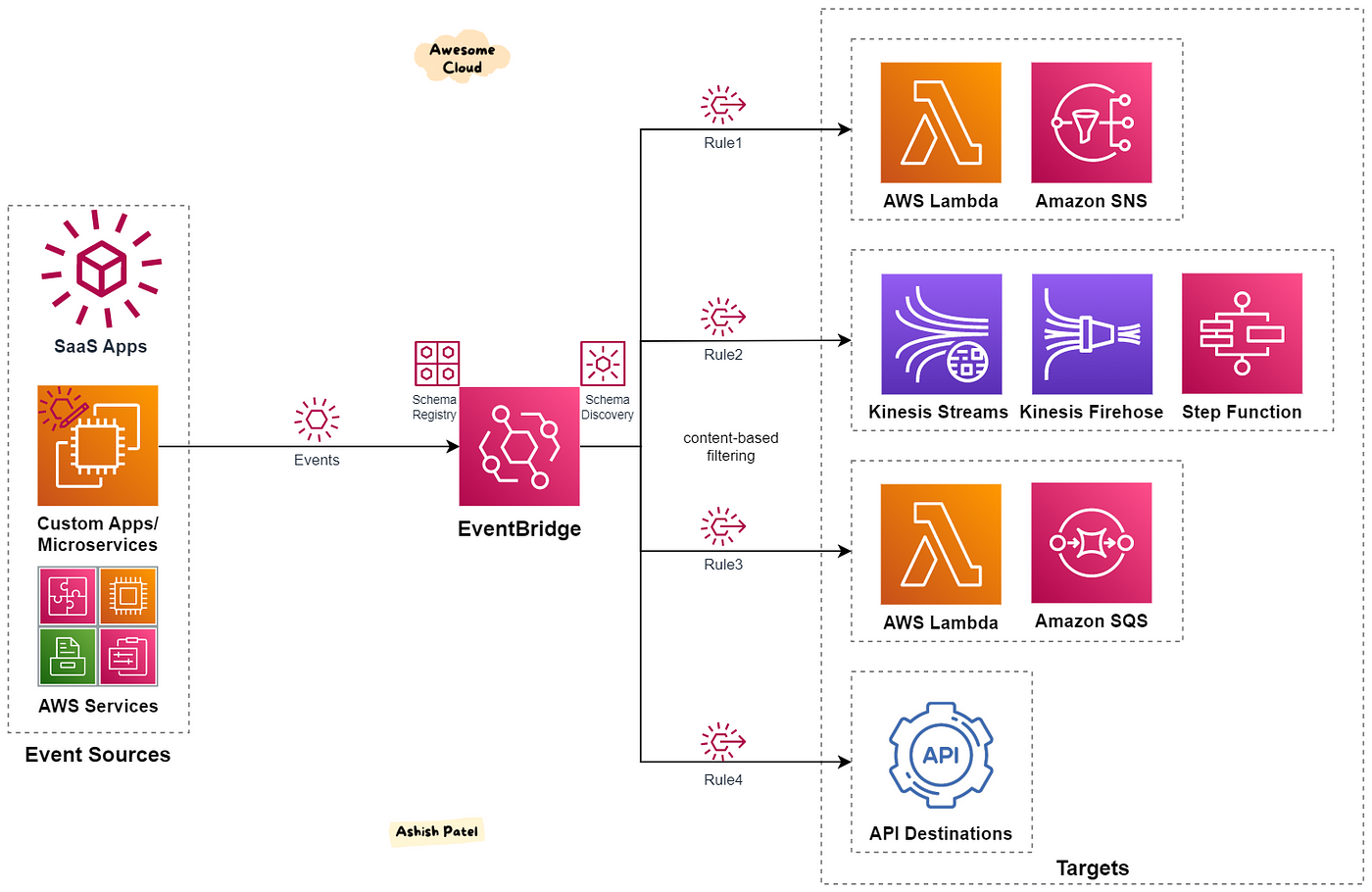
Developer Tools
- AWS CodeCommit:
Secure Version Control: CodeCommit is a secure and fully managed source control service that enables teams to store and manage their Git repositories.
Integration with CI/CD: CodeCommit integrates with CI/CD pipelines, enabling automated builds and deployments when code changes are pushed to repositories.
Branching and Merging: CodeCommit supports branching and merging strategies, allowing teams to work collaboratively on different code versions.

- AWS CodeBuild:
Build Automation: CodeBuild is a fully managed build service that compiles and tests code, enabling continuous integration and continuous deployment (CI/CD).
Customizable Build Environments: CodeBuild allows users to create custom build environments or use predefined ones to meet specific requirements.
Build Cache: CodeBuild supports build caching, reducing build times and costs by reusing cached dependencies between builds.

- AWS CodePipeline:
CI/CD Service: CodePipeline is a continuous integration and continuous deployment service that automates the release process for applications.
Pipeline Automation: CodePipeline allows users to define a series of stages and actions to automatically build, test, and deploy code changes.
Integration with Developer Tools: CodePipeline integrates with other AWS developer tools, such as CodeCommit, CodeBuild, and CodeDeploy, creating an end-to-end CI/CD workflow.
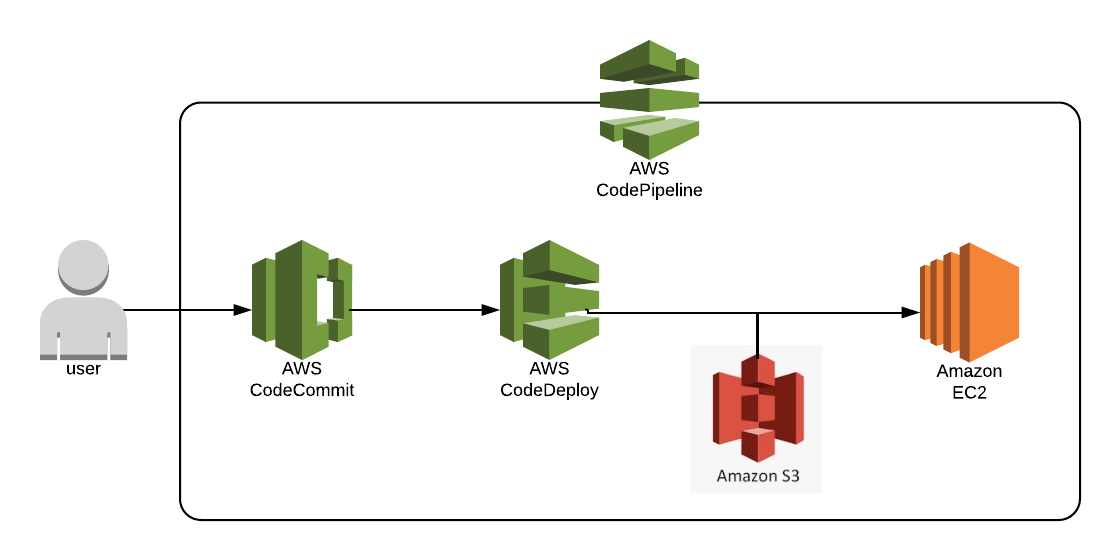
- AWS CodeDeploy:
Automated Application Deployment: CodeDeploy automates application deployments to EC2 instances and on-premises servers, ensuring consistent and error-free deployments.
Deployment Configurations: CodeDeploy allows users to define deployment configurations, controlling the pace and success criteria of deployments.
Rollback Automation: CodeDeploy supports automated rollback in case of deployment failures, ensuring the application remains in a working state.

AWS CodeStar:
Project Templates: CodeStar offers project templates for various development platforms and frameworks, jumpstarting application development.
Continuous Delivery: CodeStar enables continuous delivery, automating code commits, builds, and deployments to accelerate development cycles.
Integrated Services: CodeStar integrates with various AWS services, providing a comprehensive development and deployment environment.
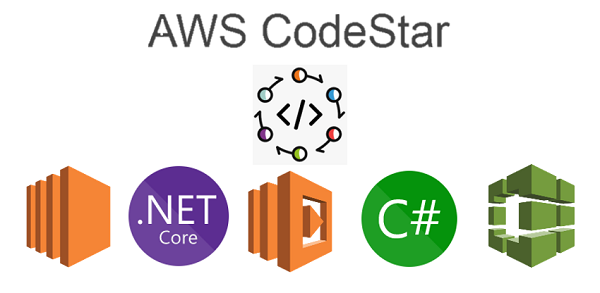
- AWS X-Ray:
Application Tracing: X-Ray provides distributed tracing, allowing users to trace and analyze requests across microservices and applications.
Performance Analysis: X-Ray helps identify performance bottlenecks, latencies, and errors in applications, enabling performance optimization.
Service Maps: X-Ray generates service maps, visualizing the connections and dependencies between services in a distributed application.

- AWS CodeArtifact:
Secure Software Artifact Management: CodeArtifact manages software package repositories, ensuring secure storage, versioning, and access control.
Dependency Management: CodeArtifact simplifies dependency management for software projects, enabling teams to share and manage packages seamlessly.
Integration with Popular Package Managers: CodeArtifact integrates with popular package managers like npm, Maven, and pip, making it easy to integrate into existing workflows.

Migration & Transfer
- AWS Database Migration Service (DMS):
Database Migration: DMS simplifies and accelerates database migration to AWS, supporting various database engines like Oracle, MySQL, SQL Server, and more.
Minimal Downtime: DMS enables database migration with minimal downtime, allowing applications to remain operational during the migration process.
Continuous Replication: DMS supports continuous replication, keeping the source and target databases in sync during and after migration.

- AWS Server Migration Service (SMS):
On-Premises Server Migration: SMS simplifies the migration of on-premises servers to AWS, providing automated server replication and orchestration.
Server Consolidation: SMS allows users to consolidate multiple on-premises servers into fewer instances in AWS, optimizing resource utilization.
Data Resynchronization: SMS supports data resynchronization, enabling users to sync data changes between on-premises servers and AWS instances.

- AWS Application Discovery Service:
Application Discovery: Application Discovery Service helps customers discover and document on-premises applications and dependencies, facilitating migration planning.
Dependency Mapping: Application Discovery Service provides dependency mapping, showing the relationships between applications and servers.
Migration Readiness Assessment: Application Discovery Service assists in assessing the readiness and complexity of migrating applications to AWS.

- AWS DataSync:
Data Transfer Service: DataSync simplifies and accelerates data transfer between on-premises storage and AWS services like Amazon S3 and Amazon EFS.
Incremental Data Transfer: DataSync performs incremental data transfers, minimizing the amount of data sent during subsequent sync operations.
Task Scheduling: DataSync allows users to schedule data transfer tasks to run at specific intervals, automating data sync operations.

- AWS Transfer Family:
Managed File Transfer: The Transfer Family is a fully managed service for transferring files over Secure File Transfer Protocol (SFTP), File Transfer Protocol Secure (FTPS), and File Transfer Protocol (FTP).
Integration with S3: The Transfer Family can store transferred files directly in Amazon S3 buckets, enabling easy access and integration with other AWS services.
Compliance and Security: The Transfer Family supports integration with AWS IAM, enabling granular access control and authentication for file transfer users.

Customer Engagement
- Amazon Connect:
Cloud-Based Contact Center: Connect is a cloud-based contact center service with interactive voice response (IVR) capabilities for routing and handling customer interactions.
Omni-Channel Communication: Connect supports various communication channels, including voice, chat, and email, providing a seamless customer experience.
Integration with CRM: Connect integrates with popular customer relationship management (CRM) systems, allowing agents to access customer information during interactions.

- Amazon Pinpoint:
Personalized Engagement: Pinpoint enables personalized and targeted messaging across multiple communication channels, such as email, SMS, and push notifications.
Campaign Analytics: Pinpoint provides campaign analytics and tracking, allowing businesses to measure the effectiveness of marketing and engagement efforts.
User Segmentation: Pinpoint supports user segmentation based on user behavior and attributes, enabling targeted and relevant messaging.

- Amazon Simple Email Service (SES):
Scalable Email Sending: SES is a scalable and reliable email sending service, enabling businesses to send marketing and transactional emails.
Email Template Management: SES supports email template management, allowing users to create and manage email templates for consistent branding.
Deliverability Management: SES provides tools for monitoring and managing email deliverability, ensuring high deliverability rates for email campaigns.

- Amazon Chime:
Online Meetings and Video Conferencing: Chime is a unified communications service that enables online meetings, video conferencing, and screen sharing.
Business Calling: Chime offers business calling features, such as Voice over Internet Protocol (VoIP) calling and virtual phone numbers.
Chat and Collaboration: Chime includes chat and collaboration features, facilitating real-time communication and collaboration among team members.

Business Applications:
- Amazon WorkSpaces:
Managed Desktop Computing: WorkSpaces is a managed, secure desktop computing service, providing a cloud-based virtual desktop environment for users.
BYOD Support: WorkSpaces allows users to access their virtual desktops from various devices, including laptops, tablets, and smartphones.
Customizable Hardware: WorkSpaces offers multiple hardware configurations, enabling users to choose the appropriate performance level for their workloads.
- Amazon WorkDocs:
Secure File Collaboration: WorkDocs is a fully managed file collaboration service, enabling teams to store, share, and collaborate on documents securely.
Versioning and Document Recovery: WorkDocs maintains version history and allows users to recover previous versions of documents.
Integration with Microsoft Office: WorkDocs integrates with Microsoft Office, providing a familiar user interface for document editing and collaboration.

- Amazon WorkMail:
Managed Email and Calendar Service: WorkMail is a secure and managed business email and calendar service, providing robust email and calendaring features.
Security and Compliance: WorkMail supports data encryption, anti-malware protection, and data retention policies to ensure data security and regulatory compliance.
Integration with Microsoft Outlook: WorkMail integrates with Microsoft Outlook, enabling users to access email, contacts, and calendars using familiar Outlook clients.
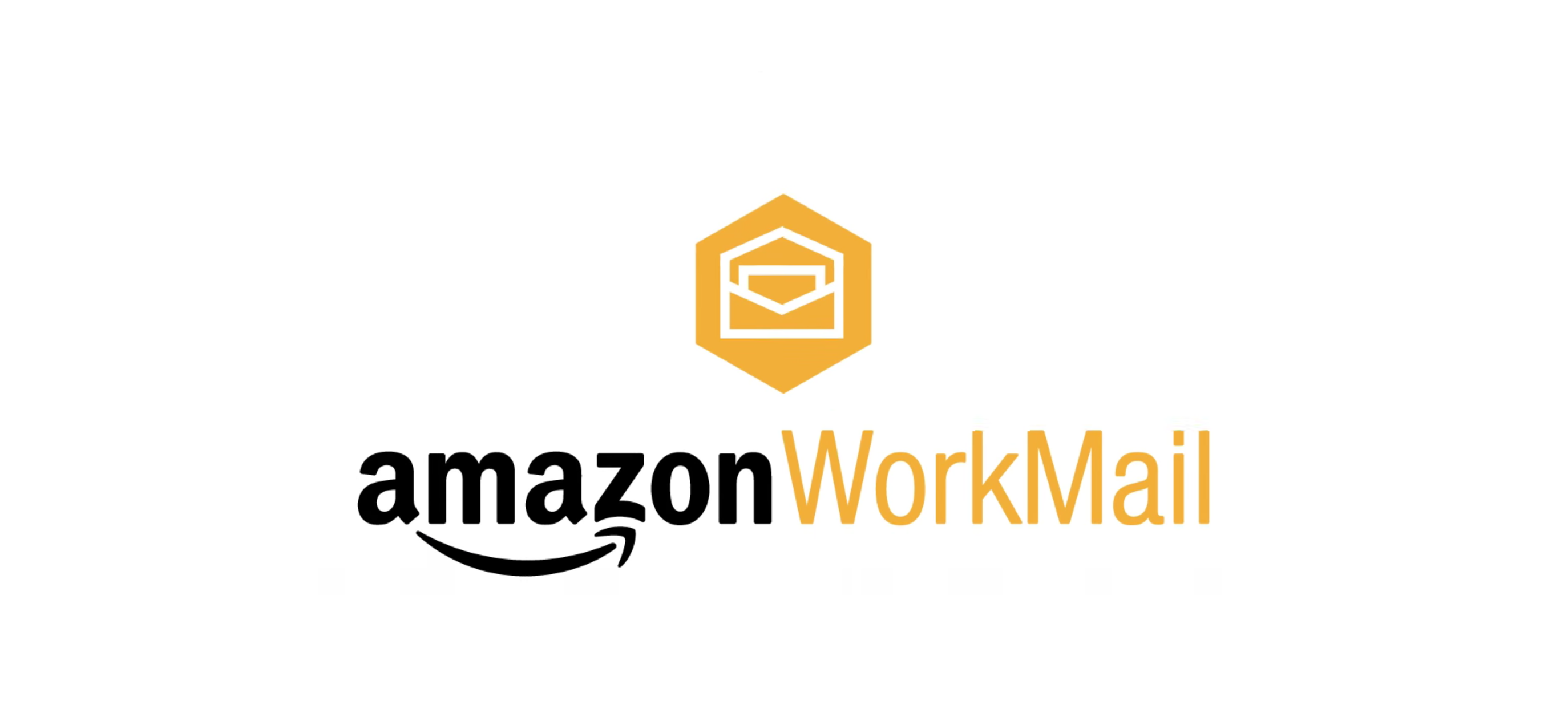
- Amazon Honeycode:
No-Code Application Development: Honeycode is a no-code application development service that allows users to create custom web and mobile applications without writing code.
Data Modeling: Honeycode provides data modeling capabilities, allowing users to define and structure data tables for their applications.
Automations and Workflows: Honeycode enables users to create automations and workflows to streamline business processes and increase productivity.

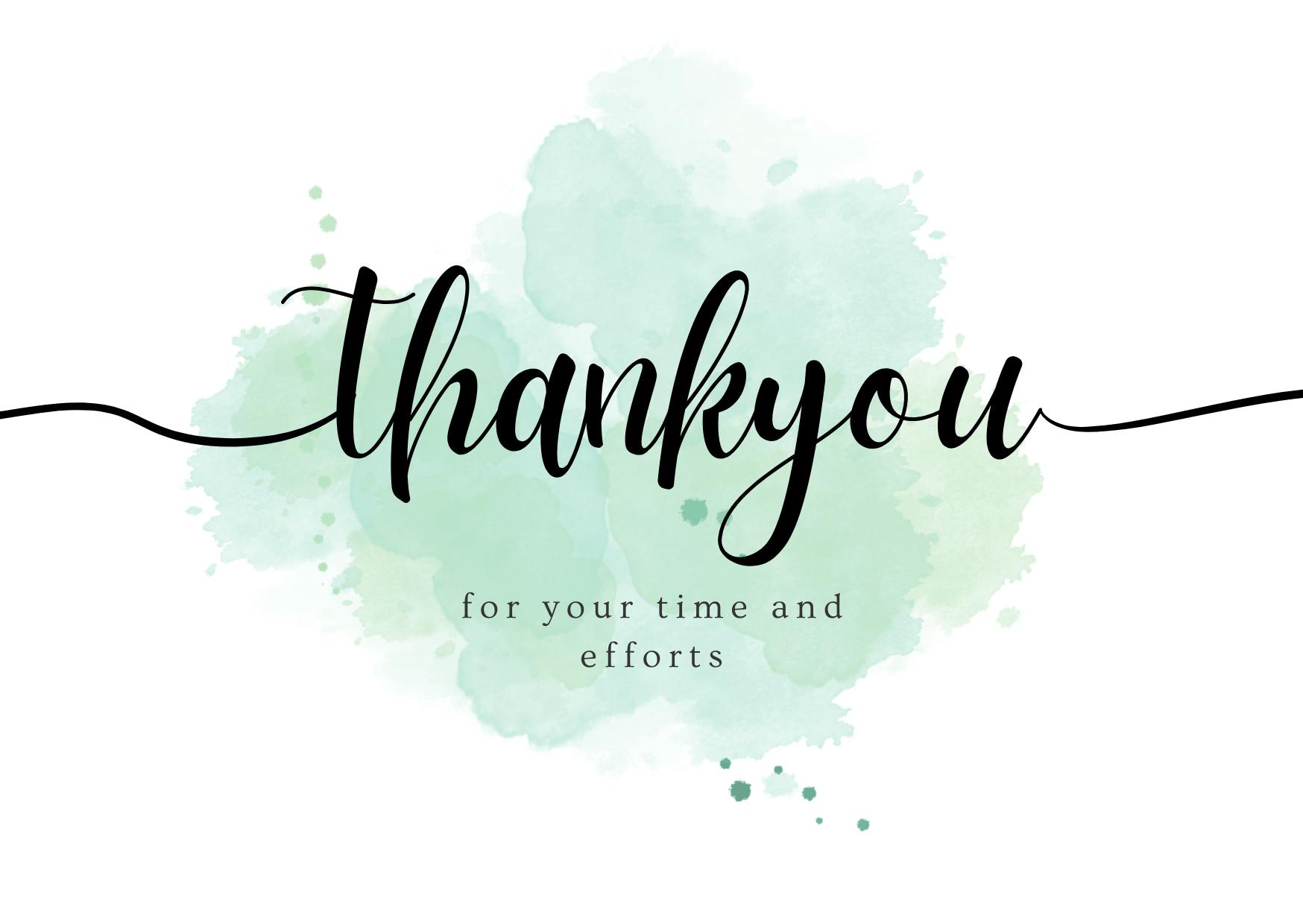
Linkedin id: https://www.linkedin.com/in/gaurie-yadav/
